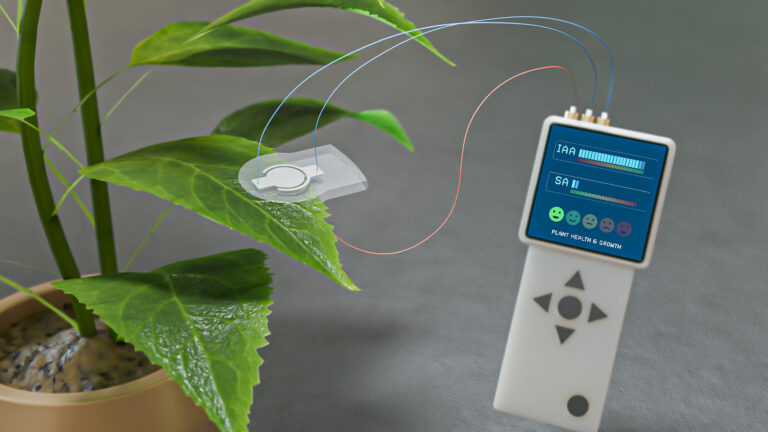Bioengineering | Bioscience | Plant Science
New gene-editing technique offers path to precision therapies
PNP editing emerges as a versatile and programmable tool for site-specific DNA manipulations.

An innovative genome-editing technique could enhance the delivery, specificity and targeting of gene-modifying tools for treatments.
The KAUST-developed method combines two molecular technologies: a synthetic family of DNA-like molecules known as peptide nucleic acids (PNAs), and a class of DNA-cutting enzymes known as prokaryotic Argonautes (pAgos)[1].
The PNAs first unzip and slip inside the DNA helix. The pAgos, guided by short fragments of genetic material, then bind the loosened helix at specific target sequences and nick each opposing strand of DNA.
By pairing these two components, the researchers achieved a novel approach known as PNA-assisted pAgo editing, or PNP editing, which introduces targeted breaks at precise locations in the genome.
In many ways, the approach is similar to other gene-editing platforms. However, PNP editing offers distinct advantages compared to more established methods like CRISPR.
In principle, it should work at more sites in the genome, accurately creating breaks in double-stranded DNA, with fewer chances for off-target activities that could pose a safety risk.
Plus, the small size of the component parts should help with the packaging and delivery of the gene-editing tool into target tissues and even into subcellular compartments such as mitochondria, the power factories of the cell, and other organelles.
“The technology we built significantly improves the efficiency and the activity of programmable double-strand breaks that could be used for gene editing,” says KAUST bioengineer Magdy Mahfouz, who led the study.
Through exhaustive experimentation, Mahfouz and his colleagues evaluated diverse combinations of modified PNAs, pAgo proteins, guide molecules, target sequences, experimental conditions and more. These efforts culminated in the demonstration that PNP editing provides a flexible and programmable platform for site-specific gene manipulations across all forms of DNA material.
Further refinements are still required, however, before PNP editing can be harnessed for clinical applications. “We need to optimize delivery and demonstrate robust in vivo activity — both in cell-culture experiments and in animal models of disease,” says Tin Marsic, a Ph.D. student in Mahfouz’s lab and the first author of the research report.
It will also be important to directly rate the performance of PNP editing head-to-head against CRISPR-based methods. But the data accumulated so far does “show that our concept is versatile,” Marsic says.
By coupling the targeted strand invasion of PNAs with the pinpoint slicing activity of pAgos, PNP editing holds promise in numerous fields, including precision medicine, agriculture and basic scientific research.
Reference
- Marsic, T., Sivakrishna Rao, G., Wang, Q., Aman, R., Mahas, A. & Mahfouz, M. Programmable site-specific DNA double-strand Breaks via PNA-assisted prokaryotic Argonautes. Nucleic Acids Research early online 10 August 2023.| article
You might also like

Plant Science
Reference genomes for rice’s wild relatives may boost future crops

Bioengineering
Sensing stress to keep plants safe

Bioengineering
Building better biosensors from the molecule up

Bioengineering
High value harvests from designer algae

Bioscience
Digging into the world of plant-growth-promoting microbes

Bioengineering
Stray DNA fragments challenge CRISPR precision

Bioscience
Unique microbiome discovered in mountain streams

Bioscience




